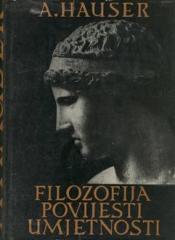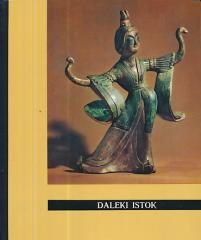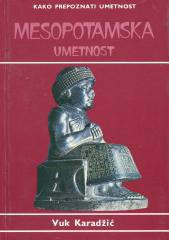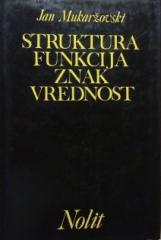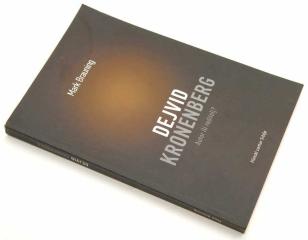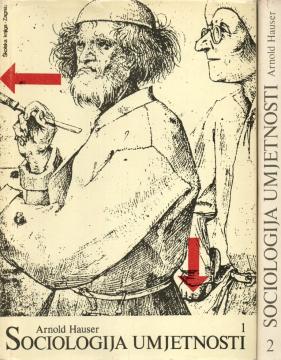
Sociologija umjetnosti I-II
Arnold Hauser is one of the most important sociologists of culture. The sociology of art is the pinnacle of his life's work, a synthesis of exceptional importance.
"Along with the traditional (old) disciplines that ex professoly deal with the world of art - aesthetics, poetics, theory and philosophy of art - the discipline of sociology of art appears and develops strongly, especially in our century. Moreover, the sociology of art develops at the same time as the sociology of individual types of art (literature, fine arts, music, theater, etc.) Arnold Hauser made a great contribution to the establishment and development of the sociology of art, and one could say without hesitation that he has a special place among the most prominent representatives of this discipline in our century, representatives such as are Plekhanov, Lukacs, Gramsci, Raphael, Mannheim, Lunačarski, Caudvvell, Benjamin, Adorno, Marcuse, Sartre, Wilson, Francastel, Read, Antal, Goldmann, Bastide, Bakhtin, Divignaud, Esoarpit, etc., etc. The task of the sociology of art , in short, in examining social-historical conditioning and the social-historical meaning and function of artistic works. work as a conditioning, but also as its constitutive moment. Because it is obvious that the work exists and acts (or lasts) in the indissoluble unity of at least three constitutive moments: the creator, the author (pronounced leader) of the work (who is always at the same time an individual for himself and an "ensemble of social relations"), the media ( "matter") in which the work is realized, concretized, and recipients and enjoyers of the work (audience, society)."
No copies available
The last copy was sold recently.
